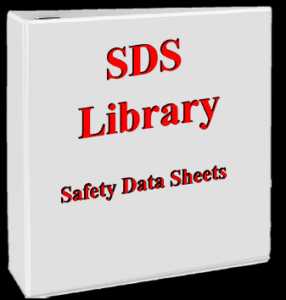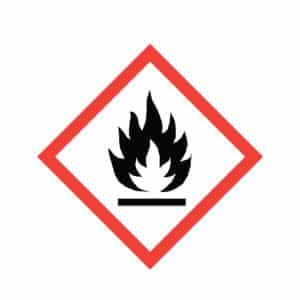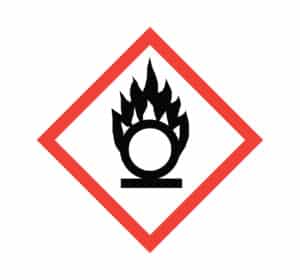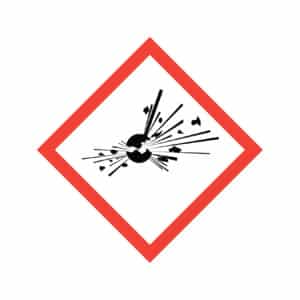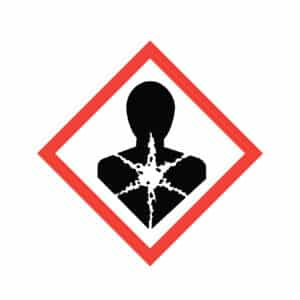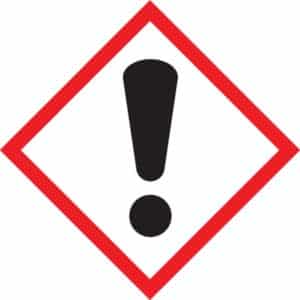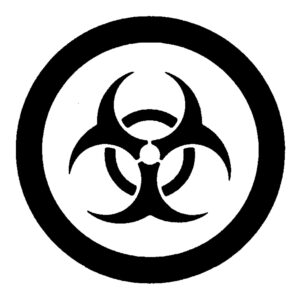SDS Library
Table of Contents
ToggleSDS Library will help with the immense number of hazardous products in the mark place today. One might feel overwhelmed in locating a products SDS document. At the bottom of the page are a few linked libraries to help locate the SDS you require.
Whatever hazardous materials you plan on requiring this information for, remember your PPE as well. A much needed part of the PPE is a Respirator to protect your lungs. With that, you'll be required to have a Respirator Fit Test as well. You can acquire a Respirator Fit Test right HERE
WHMIS 2015
SDS Library will show in 2015, the new WHMIS changed a few things. MSDS (Material Safety Data Sheets) became SDS or Safety Data Sheets. A 16-Part summary document that provide information about the hazards of a product and advice about safety precautions. Product SDS documents are for the most part, written by the manufacturer or supplier. However, company employers may be required to create an SDS when products are produced and unequivocally used in that workplace.
SDS
Safety Data Sheets deliver an in-depth outline of the products hazards more than the label. They’re a vital source of information aimed at furthering knowledge and safety in the workplace. Workers learn more about the product(s) they intend to use protecting themselves from any potential hazards it may create. Included in SDSs are safe handling, First aid and emergency measures.
WHMIS Hazard Classes
Physical Hazards
- Flammable gases
- Flammable aerosols
- Oxidizing gases
- Gases under pressure
- Flammable liquids
- Flammable solids
- Self-reactive substances and mixtures
- Pyrophoric liquids
- Pyrophoric solids
- Self-heating substances and mixtures
- Substances and mixtures which, in contact with water, emit flammable gases
- Oxidizing liquids
- Oxidizing solids
- Organic peroxides
- Corrosive to metals
- Combustible dusts
- Simple asphyxiants
- Pyrophoric gases
- Physical hazards not otherwise classified
Health Hazards
- Acute toxicity
- Skin corrosion/irritation
- Serious eye damage/eye irritation
- Respiratory or skin sensitization
- Germ cell mutagenicity
- Carcinogenicity
- Reproductive toxicity
- Specific target organ toxicity – single exposure
- Specific target organ toxicity – repeated exposure
- Aspiration hazard
- Biohazardous infectious materials
- Health hazards not otherwise classified
Pictograms
Pictograms are used with WHMIS 2015 Hazard Classes and Categories. The following Pictograms are associated with these Hazard Classes and Categories.
Flame Pictogram
The Flame pictogram is used for the following classes and categories:
- Flammable gases (Category 1)
- Flammable aerosols (Category 1 and 2)
- Flammable liquids (Category 1, 2 and 3)
- Flammable solids (Category 1 and 2)
- Pyrophoric liquids (Category 1)
- Pyrophoric solids (Category 1)
- Pyrophoric gases (Category 1)
- Self-heating substances and mixtures (Category 1 and 2)
- Substances and mixtures which, in contact with water, emit flammable gases (Category 1, 2 and 3)
- Self-reactive substances and mixtures (Types B*, C, D, E and F)
- Organic peroxides (Types B*, C, D, E and F)
Flame Over Circle Pictogram
The flame over circle pictogram is used for the following classes and categories:
- Oxidizing gases (Category 1)
- Oxidizing liquids (Category 1, 2 and 3)
- Oxidizing solids (Category 1, 2 and 3)
Gas Cylinder Pictogram
The gas cylinder pictogram is used for the following classes and categories:
- Gases under pressure (Compressed gas, Liquefied gas, Refrigerated liquefied gas, and Dissolved gas)
Corrosion Pictogram
The corrosion pictogram is used for the following classes and categories:
- Corrosive to metals (Category 1)
- Skin corrosion/irritation – Skin corrosion (Category 1, 1A, 1B and 1C)
- Serious eye damage/eye irritation – Serious eye damage ( Category 1)
Exploding Bomb Pictogram
The exploding bomb pictogram is used for the following classes and categories:
- Self-reactive substances and mixtures (Types A and B*)
- Organic peroxides (Types A and B*)
Skull and Crossbones Pictogram
The skull and crossbones pictogram is used for the following classes and categories:
- Acute toxicity –
- Oral (Category 1, 2 and 3)
- Dermal (Category 1, 2 and 3)
- Inhalation (Category 1, 2 and 3)
Health Hazard Pictogram
The health hazard pictogram is used for the following classes and categories:
- Respiratory or skin sensitization – Respiratory sensitizer (Category 1, 1A and 1B)
- Germ cell mutagenicity (Category 1, 1A, 1B and 2)
- Carcinogenicity (Category 1, 1A, 1B, and 2)
- Reproductive toxicity (Category 1, 1A, 1B and 2)
- Specific Target Organ Toxicity – Single exposure (Category 1 and 2)
- Specific Target Organ Toxicity – Repeated exposure (Category 1 and 2)
- Aspiration hazard (Category 1)
Exclamation Mark Pictogram
The exclamation mark pictogram is used for the following classes and categories:
- Acute toxicity – Oral, Dermal, Inhalation (Category 4)
- Skin corrosion/irritation – Skin irritation (Category 2)
- Serious eye damage/eye irritation – Eye irritation (Category 2 and 2A)
- Respiratory or skin sensitization – Skin sensitizer (Category 1, 1A and 1B)
- Specific target organ toxicity – Single exposure (Category 3)
Biohazardous Infectious Materials Pictogram
The biohazardous infectious materials pictogram is used for the following classes and categories:
- Biohazardous Infectious Materials (Category 1)
* Both the Flame and Explosive pictogram are used for Self-reactive substances and mixtures (Type B) and Organic peroxides (Type B).
NOTE: Physical Hazards Not Otherwise Classified and Health Hazards Not Otherwise Classified classes are required to have a GHS pictogram that is appropriate to the hazard identified.
Safety Data Sheets

